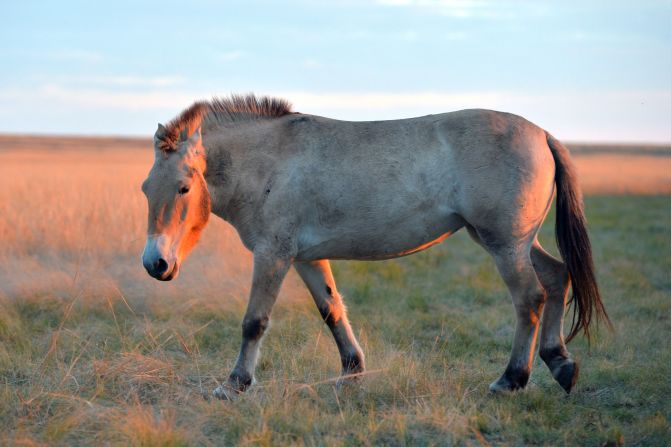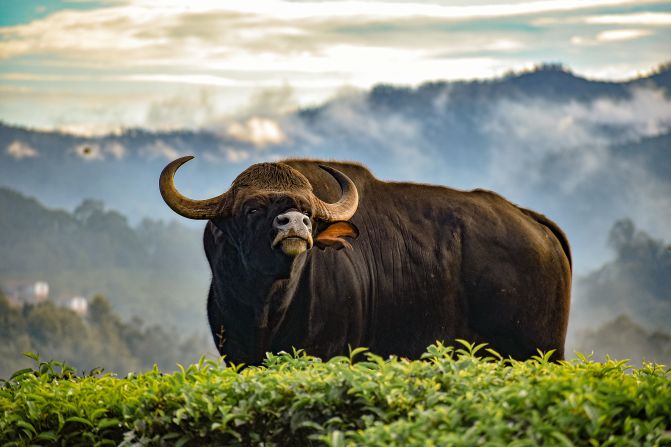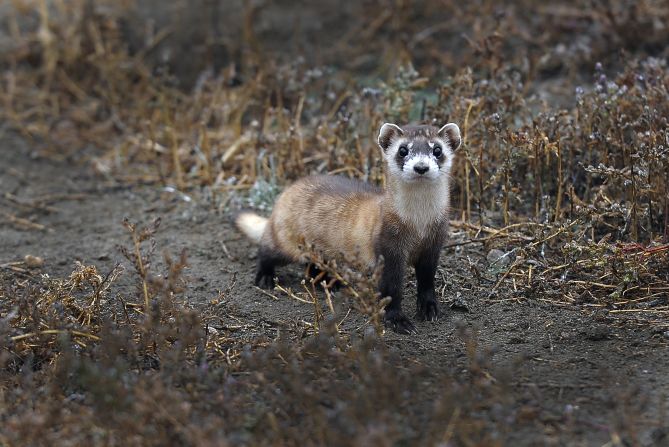
The Frozen Zoo at San Diego Zoo's Institute for Conservation Research contains samples from more than 1,200 species and subspecies, and is the largest repository of its kind. Four endangered species have so far been cloned using genetic material stored there. They include Przewalski's horse, which is native to central Asia. In 2020 a baby horse known as "Kurt" was born in Texas, cloned using cells from the Frozen Zoo -- the first successful cloning of the species.

In 2001, an Indian gaur, a humpbacked Asian wild ox, was born, cloned using genetic material from the Frozen Zoo and gestated in a domestic cow. Sadly, it contracted dysentery and died two days after birth.

In 2003, the banteng, a species of wild cattle found in Southeast Asia, became the second endangered species to be cloned. The procedure used cells from the Frozen Zoo, and the male, named Jahava, survived for seven years at San Diego Zoo.

The black-footed ferret was thought to be extinct in the wild until a small population was rediscovered in Wyoming in 1981 -- but it was decimated by disease. A clone named Elizabeth Ann was born in 2020 thanks to the genetic material of a ferret that had been kept in storage at the Frozen Zoo since 1988, the first time a native endangered species had been cloned in the US. It's hoped that cloning can help restore genetic variation into the surviving population.

The Saudi gazelle once roamed the Arabian Peninsula, but this century it was declared extinct. The Frozen Zoo has a bank of its cells dating back to the 1990s.

There are only two northern white rhinos left in the world, both of which are female. The Frozen Zoo holds cell cultures from 12 northern white rhinos, and it has used frozen skin cells to develop stem cells, which could be used to create sperm and egg cells.

The hope is northern white rhino embryos can be gestated in the closely related southern white rhino. The Zoo's Reproductive Sciences team is using southern white rhinos to develop techniques including artificial insemination, in vitro fertilization, and embryo transfer.

The cheetah is classified as vulnerable, and as part of research to help conservation efforts, thawed cheetah sperm from the Frozen Zoo has been used to fertilize a matured cheetah egg, which then developed into an embryo.



